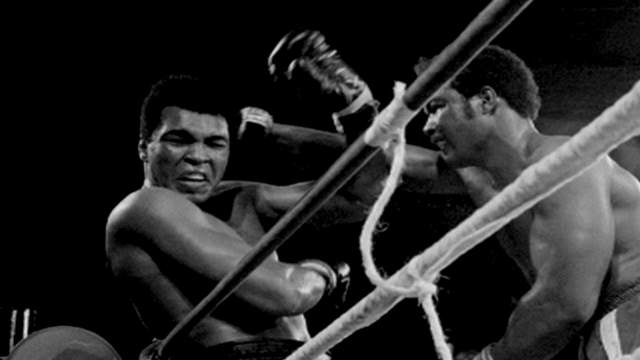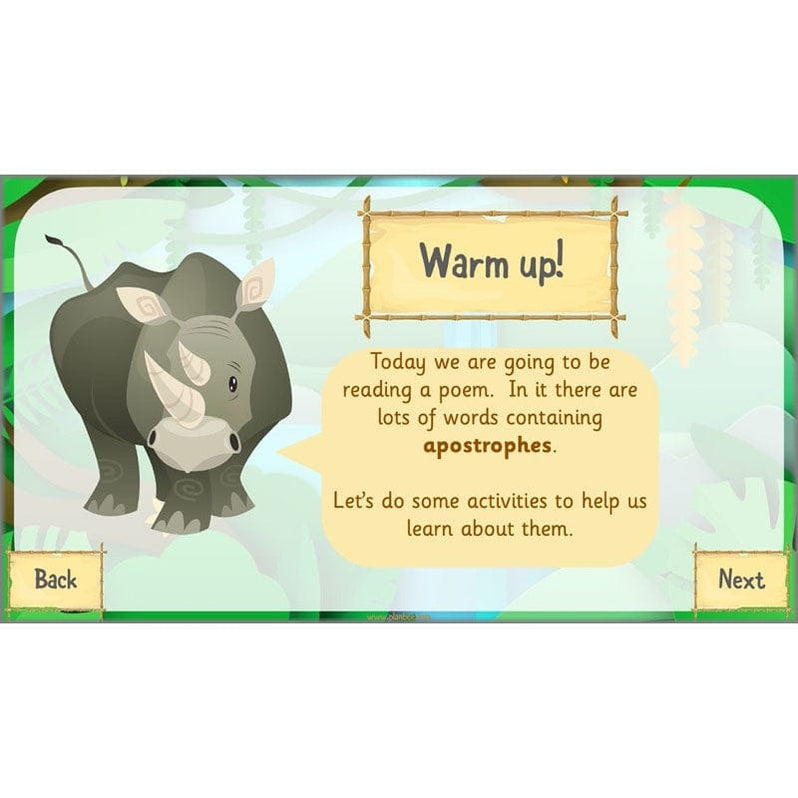In the heart of the canvas where the vibrant story of "A Rumble in the Jungle" unfolds, sound plays a crucial role. It isn't just background noise; the sounds are a symphony of emotion, culture, and tension that transport viewers into the scene. This blog post will dive into the symbolism behind these sounds, especially how they amplify the drama and illustrate the larger themes within the narrative. Let's explore how the surroundings and the auditory elements weave a rich tapestry in this iconic showdown.
Understanding the Jungle Setting

The jungle in "A Rumble in the Jungle" isn’t just a backdrop; it’s a character in its own right. The symbolism surrounding the sounds emanating from this lush environment adds to the overall narrative, emphasizing themes of conflict, survival, and primal instincts. Here, we’ll break down the setting and compare it to the sounds that echo through the dense foliage.
First, consider the dense vegetation and throbbing life of the jungle. It’s a cacophony of sounds: the rhythmic beats of drums, the hum of nature, and the shouts of the people involved. This orgy of sound symbolizes:
- Vitality: The vibrant sounds of wildlife reflect the energy of the jungle. Every rustle of leaves or roar of an animal adds life to the scene, contributing to the rawness of the environment.
- Conflict: The growling of wild animals and the distant drum beats often symbolize the brewing tension between the fighters. These sounds mirror the intensity and anticipation of the upcoming clash.
- Heritage: Drumming is a traditional element that connects the fighters to their roots, embodying the spirit of their ancestry while highlighting the cultural significance of the event.
The sounds distinctly represent the duality of the jungle—a natural world where beauty intertwines with danger. They immerse the audience deeply in the experience, crafting an emotional landscape that resonates long after the stories’ punchlines fade away. With this understanding, we can now explore how these auditory symbols work to enhance the narrative's themes.
Also Read This: Discover Must-Have Tips for Tiktok Pic Downloading
The Role of Sound in Storytelling

Sound is an incredibly potent tool in storytelling, often playing a critical role in shaping the narrative and enhancing the emotional landscape of a piece. In "A Rumble in the Jungle," sound does more than just complement the visual elements; it deeply influences how the audience engages with the story. Let's break down the ways in which sound is leveraged:
- Emotional Resonance: The use of music and sound effects can amplify feelings—whether it’s tension, excitement, or nostalgia. For instance, the hum of an impending storm can evoke anxiety, setting the stage for a showdown.
- Character Development: Specific sounds can be associated with particular characters, giving them unique identities. A character may be introduced with a distinctive theme, which helps the audience form a connection with them.
- Setting the Scene: Ambient sounds transport the audience to the jungle, creating an immersive experience. Imagine the rustling leaves, distant animal calls, or the rhythmic beating of drums, all contributing to a rich tapestry of sound that brings the vibrant setting to life.
- Foreshadowing: Sounds can hint at impending events. A sudden silence can create suspense, indicating that something significant is about to happen. This clever use of sound keeps the audience on edge.
Ultimately, sound acts as a narrative device, guiding the audience’s emotional journey while simultaneously deepening their connection to the story. Without it, "A Rumble in the Jungle" would lose much of its impact.
Also Read This: How to Create My Portfolio Free on Behance Building a Professional Portfolio Without Cost
Key Symbols and Their Meanings
Sensitivity to symbolism in literature can provide a richer understanding of a story's underlying themes. "A Rumble in the Jungle" is ripe with symbols that elevate the narrative, each resonating with deeper meanings that reflect the complex interplay of conflict, identity, and survival. Here are some of the key symbols and what they represent:
| Symbol | Meaning |
|---|---|
| Jungle | The jungle itself represents both chaos and possibility. It’s a raw, untamed environment where survival is at stake, embodying the struggles faced by the characters. |
| Drumming | Drumming symbolizes unity and rhythm, serving as a call to action. It brings the characters and the audience together, amplifying the stakes of their conflict. |
| Animals | The various creatures represent different forces within the story. For example, a lion might embody strength and royalty, while a snake may symbolize deceit and danger. |
| Water | Water serves as a symbol of fluidity and change. It can evoke cleansing and rebirth, representing the characters’ transformations as they navigate their challenges. |
These symbols enrich the narrative, encouraging readers to engage on multiple levels. By unpacking these layers, the audience can gain insights into the characters' motivations, the overarching themes, and the journey they endure.
Also Read This: How to Apply Eyeliner for Big Eyes
The Impact of Music and Sound Effects
Music and sound effects play a crucial role in storytelling, and in A Rumble in the Jungle, they serve as the heartbeat of the narrative. Every rustle of leaves, every distant roar, and the rhythmic pulse of drums all contribute to the rich tapestry of sound that immerses viewers in the jungle's vibrant atmosphere. Let's break down how these elements create a profound impact:
- Setting the Scene: The sounds of the jungle can instantly transport the audience into that world. The chirping of exotic birds, the rustle of animals in the underbrush, and the hum of nature build a vivid backdrop that enhances the visual elements.
- Emotional Resonance: Music invokes emotions, often before we even realize it. In tense moments, an escalating score can quicken your heart rate, while softer melodies can evoke nostalgia and warmth. These emotional shifts guide viewers’ feelings and connections with the characters.
- Character Development: Sound design isn’t just about ambiance; it can also reflect a character’s inner world. For instance, a character might be introduced with a unique musical motif that signifies their personality, intentions, or struggles.
- Symbolism and Themes: The use of specific instruments or musical styles can symbolize larger themes within the film. For example, traditional instruments might represent cultural heritage, while modern sounds could indicate the clash between old and new values.
By intertwining these elements, the creators of A Rumble in the Jungle use sound as an essential storytelling device. It invites the audience to feel, connect, and engage with the narrative on a deeper level.
Conclusion: The Unifying Power of Sound
In the grand tapestry of film, sound is often an unnoticed hero. As we’ve explored, in A Rumble in the Jungle, the intricacies of music and sound effects not only create atmosphere but also serve as a conduit for deeper emotional and thematic connections. Let’s recap the following key points:
- Connection to Culture: Sound frequently acts as a bridge connecting the audience to the cultural backdrop of the story. The use of local music or natural sounds helps ground the narrative in its setting.
- Emotional Depth: Music can elevate a scene, transforming a simple moment into an unforgettable experience. It emphasizes emotions, drives tension, and can even lead to catharsis in pivotal scenes.
- Character Insight: The sound choices made for characters inform the audience about their arcs, fears, and motivations. This enhances empathy and understanding, making them feel more real and relatable.
- Collective Experience: A powerful sound design and score unify the audience’s experience. It aligns our feelings and thoughts, creating a shared journey throughout the film.
In conclusion, as we reflect on A Rumble in the Jungle, it's evident that sound transcends mere auditory perception. It weaves together the fabric of storytelling, allowing us to engage not just through sight, but through emotion, culture, and shared experiences. The next time you watch a film, pay attention to the sounds; you might just discover a whole new layer of meaning.
 admin
admin








